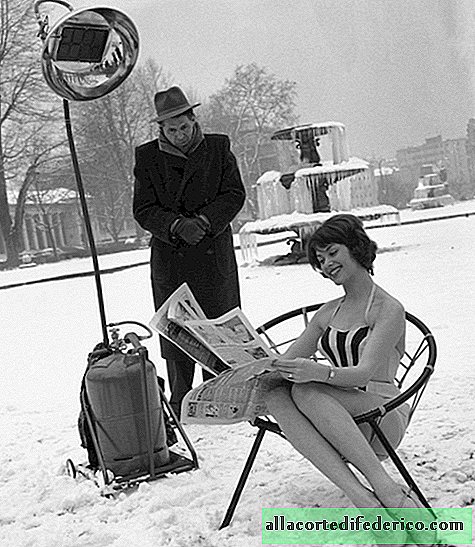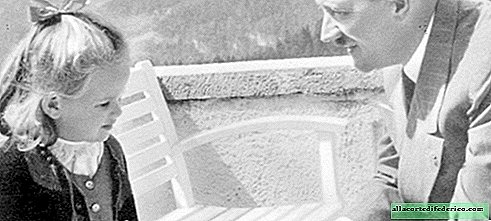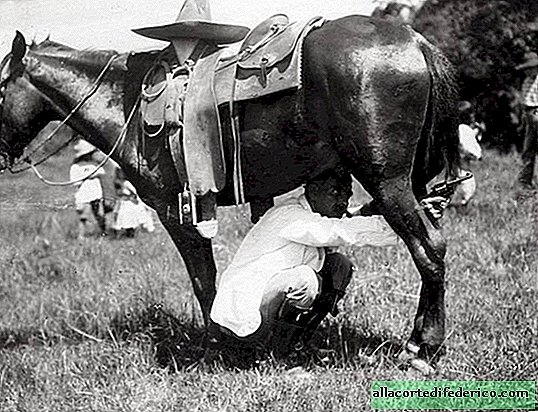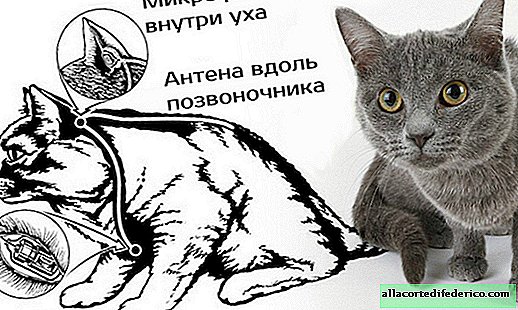How propaganda showed the "happy" childhood of Soviet children in 1947
Not many people born and grown up in the USSR will call their childhood easy. Happy - yes, but by no means light and full of plenty. And even the most notorious optimists do not recognize the second half of the 40s as cloudless time, despite all sorts of historical evidence and “evidence” of well-being left over from those years.

In fact, the 40s were one of the most difficult in the history of the Soviet Union: after the Great Patriotic War the Cold War began, famine claimed the lives of 1.5 million people (one third of which, by the way, were children), record-low birth rates were recorded And much more.


In order for the outlines of that time and state policy regarding children to become even clearer, it’s worth giving a few stunning figures. For every 1000 people in the 40s, there were 15 babies. The decree of a pregnant and giving birth woman was 112 days (56 before and after childbirth). After that, the young mother went to work without fail, and the newborn baby went to the nursery, which the USSR was so proud of. But the kindergarten did not end the child’s separation from the family, most of the schoolchildren spent summer vacations away from home, in pioneer camps, often they stayed there for all available shifts. Adults had to work, and sending the child to the camp, where they would take care of him and feed him, in their opinion, was the most appropriate solution, especially from a material point of view.




All this does not sound too rosy and fun, right? And now, let's take a look at how Soviet propaganda painted childhood in the 40s of the last century. A dream that existed only in photographs.



























